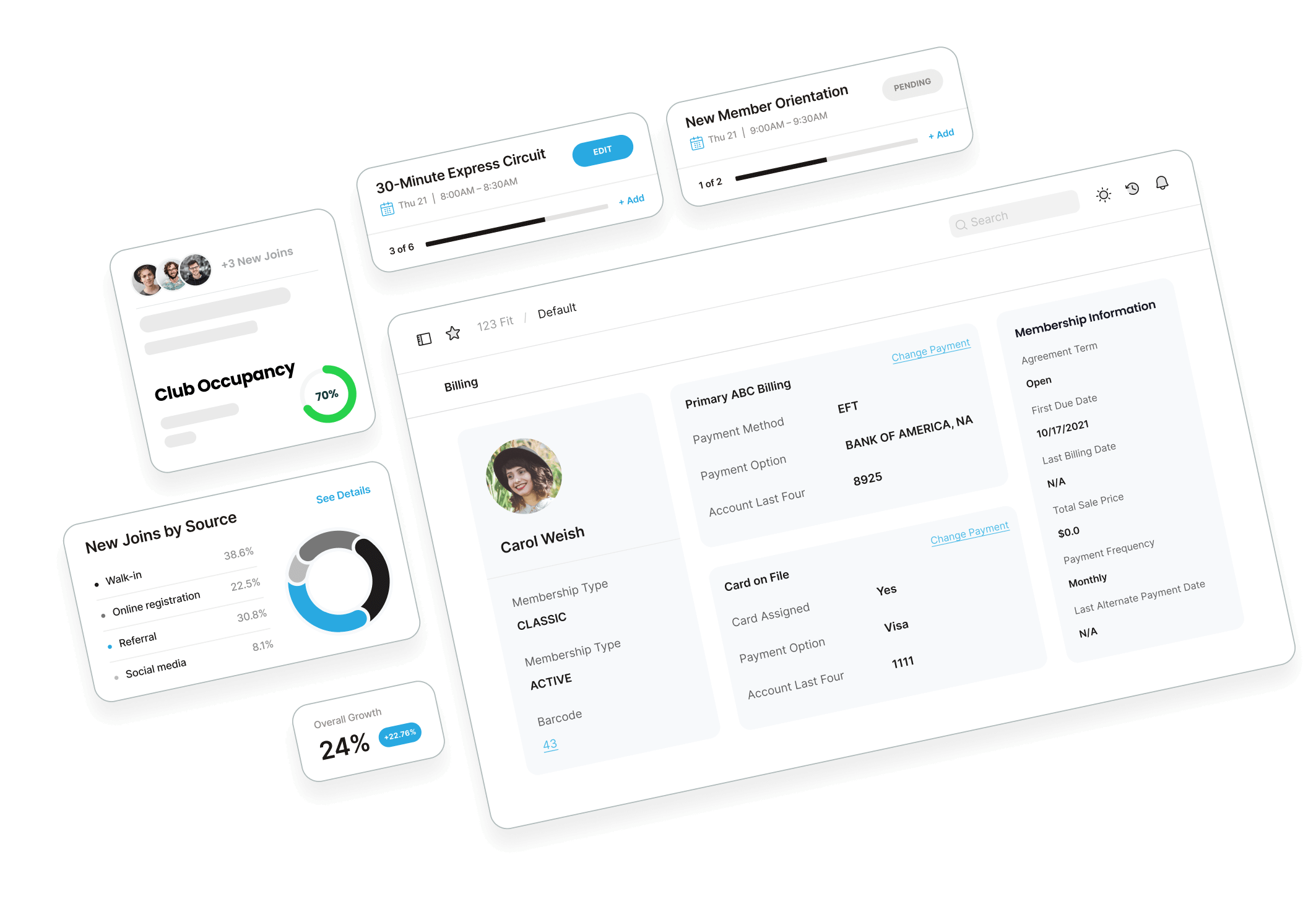All Natural … Sugar, Salt, and Preservatives
By: Hope Osborn
I haven’t found a breakthrough diet to achieve the healthiest body with the most energy, partly for lack of education and partly because determining a ‘healthy diet’ is complicated by factors like these:
- Health foods, like fashion, can be trendy.
- “Studies show” can mean years of research on 1,000s of diverse subjects under a variety of conditions by well-qualified scientists or a single survey of eight subjects with the same condition.
- Healthy for you isn’t necessarily healthy for me.
- “Findings” sometimes turn into popular food product claims with careful wording and label highlighting which distract from accurate results in the nutrition facts and ingredients. This may result in dilemmas such as:
Whole grain vs whole wheat or multigrain? High-fiber, no preservatives or all natural? Lacking patience or knowledge and time to compare labels for every item on my grocery list, I grab the healthiest looking crust with the most wholesome looking logo and hope for the best. I won’t earn a degree in nutrition, but I can earn a degree of understanding with experienced help.
- Doctors can advise you to eat more or less of specific foods to improve your cholesterol issue as well as educate you with regards to foods that aggravate digestive conditions.
- Experienced professional trainers and wellness coaches can advise you how many carbs, protein, vitamins, etc. to eat per day.
- Organized regulatory boards and recognized experts provide educational materials from reliable and verifiable research.
“Reduced” doesn’t mean low – The statement “reduced sodium” on a canned good means the sodium level is reduced from 920mg to 570mg. This is still ¼ the daily limit, per 1 cup serving. To qualify as low sodium a product can’t be over 140mg per serving. “Reduced fat” and “lite” are among other deceptive tags.
“Natural” is indeterminate – One of my vinaigrette dressings boldly claims “All Natural Ingredients.” The first natural ingredient,” sugar,” might explain 120 calories, and the natural “salt” might explain 420 mg sodium, both in a 2 tablespoon serving. Furthermore, nothing prevents “natural” products from being unnaturally processed.
100% may not be 100% – One name-brand “100% Juice … Cranberry” is a mix of fruit juices with cranberry flavor. Watch for juice beverages with little to no real fruit and over-processed 100% juice from concentrate.
Sugar by any other name is still just as sweet. A sample organic nutritional shake didn’t contain corn syrup or artificial sweeteners. It did contain sugar under aliases like “organic evaporated cane juice”, and the second and third ingredients, are “rice syrup solids” and “brown rice syrup.” Remember too much sugar is too much sugar, regardless of type.
Multigrain, whole grain or whole wheat. This can be extremely confusing. Whole wheat is one type whole grain. Whole grain is every part of the grain which means all the nutrients. And, multigrain is a variety of grains—not necessarily every part of those grains. Purists look for whole grain(s) at least and 100% whole grain(s) at best.
However you decide to eat, by studying the nutritional facts and what they mean, you will be armed with information to make better choices

